 W
WAequanimitas was one of Sir William Osler's most famous essays, delivered to new doctors in 1889 as his farewell address at the Pennsylvania School of Medicine. It was also the name of his first book of essays. In the essay, Osler advocates two qualities "imperturbability" and "equanimity". Between 1932 and 1953, more than 150,000 copies were given to medical graduates.
 W
WChirurgia magna, fully titled the Inventarium sive chirurgia magna, is a guide to surgery and practical medicine completed in 1363. Guy de Chauliac, Pope Clement VI's attending physician, compiled the information from his own field experience and research of historical medical texts. The original text is in Latin and comprises 465 pages. It was translated into various European languages: the version in Middle English has been published. This work became one of the most important reference manuals of practical medicine for the next three centuries. It was translated into Irish by Cormac Mac Duinnshléibhe.
 W
WAverroes wrote a medical encyclopedia called Kulliyat, known in its Latin translation as Colliget.
 W
WTractus de usu flagrorum in re Medica et Veneria is a 1639 treatise by Ioannes Henricus Meibomius (1590–1655). The English title is A Treatise on the Use of Flogging in Medicine and Venery. It was published by the English publisher Edmund Curll.
 W
WThe Demon Under the Microscope: From Battlefield Hospitals to Nazi Labs, One Doctor's Heroic Search for the World's First Miracle Drug is a 2006 nonfiction book about the discovery of Prontosil, the first commercially available antibacterial antibiotic and sulfanilamide, the second commercial antibiotic. Prontosil was the first commercially available antibacterial antibiotic (with a relatively broad effect against Gram-positive cocci. It was developed in the 1930s by a research team at the Bayer Laboratories of the IG Farben conglomerate in Germany. The discovery and development of this first sulfonamide drug opened a new era in medicine.
 W
WFinal Exam: A Surgeon's Reflections on Mortality is a 2007 book written by surgeon and liver specialist Pauline Chen. The Los Angeles Times described the main goal of the book as "to hold herself and fellow physicians accountable for providing better end-of-life care." She argues that "medical schools can and should do a much better job of preparing doctors to care for the dying."
 W
WGray's Anatomy for Students is an anatomy textbook inspired by the famous Gray's Anatomy and aimed primarily at medical students. The textbook has been praised for its innovative illustration style, which emphasizes clarity and a conceptual approach to learning. The text aims to display the basic concepts for chiropractic, dental, medical, and physical therapy students.
 W
WHallucinations is a 2012 book written by the neurologist Oliver Sacks. In Hallucinations, Sacks recounts stories of hallucinations and other mind-altering episodes of both his patients and himself and uses them in an attempt to elucidate certain features and structures of the brain including his own migraine headaches.
 W
WHaving a Great Birth in Australia is the second book from Australian writer David Vernon.
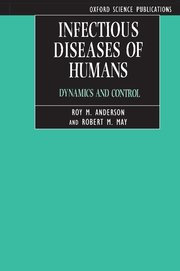 W
WInfectious Diseases of Humans: Dynamics and Control is a book by Roy M. Anderson and Robert May, Baron May of Oxford originally published in 1991 by Oxford University Press. It is a seminal text in the mathematical modelling of infectious disease. The book covers both microparasites and macroparasites of humans.
 W
WThe Island of the Colorblind is a 1997 book by neurologist Oliver Sacks about achromatopsia on the Micronesian atoll of Pingelap. It was published in the UK as The Island of the Colour-blind. The second half of the book is devoted to the mystery of Lytico-Bodig disease in Guam.
 W
WKeeper: Living with Nancy is a 2009 biographical book written by Andrea Gillies which centers around Alzheimer's disease. It won the Wellcome Book Prize and Orwell Prize.
 W
WMadhouse: A Tragic Tale of Megalomania and Modern Medicine is a 2005 book by the psychiatric sociologist Andrew Scull which discusses the work of the controversial psychiatrist Henry Cotton at Trenton State Hospital in New Jersey in the 1920s.
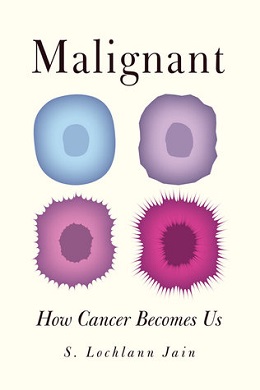 W
WMalignant: How Cancer Becomes Us is a 2013 book by S. Lochlann Jain, published by University of California Press. Jain writes about their experience with an advanced form of breast cancer at the age of 36.
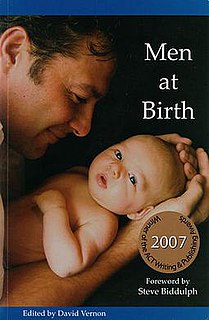 W
WMen at Birth is an award-winning book from Australian writer David Vernon.
 W
WMind and Madness in Ancient Greece: The Classical Roots of Modern Psychiatry is a medical book by Bennett Simon. It was published by Cornell University Press in 1978 and reprinted on August 31, 1980.
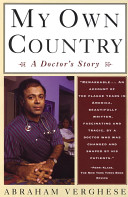 W
WMy Own Country is Abraham Verghese's first book. First published in 1994, it made that year's New York Times Notable Book list. It is used in colleges and medical schools throughout North America and across the world because of the way it communicates the sense of empathy and compassion so often missing in medical school education in an era of high technology and reliance on computers as primary diagnostic tools.
 W
WOn Immunity: An Inoculation is a nonfiction book by Eula Biss published by Graywolf Press in 2014. It is primarily about vaccination of children. Bill Gates endorsed it on Twitter, saying "On Immunity is a great book that is not out to demonize anyone who holds opposing views."
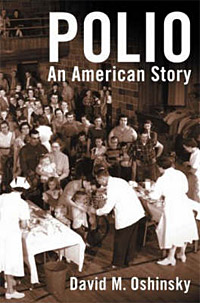 W
WPolio: An American Story is a book by David M. Oshinsky, professor of history at the University of Texas at Austin, which documents the polio epidemic in the United States during the 1940s and 1950s and the race to find a cure, which was eventually developed in the 1950s by medical researcher Jonas Salk.
 W
WThe Primordial Emotions: The Dawning of Consciousness is a 2006 book by the Australian neuroscientist Derek Denton.
 W
WRook's Textbook of Dermatology is a leading textbook of dermatology published by Wiley. The ninth edition was published in 2016.
 W
WThe book Skin Cancer: Recognition and Management by Robert A. Schwartz is a clinical reference covering skin and accessible mucosal disorders, premalignant and malignant cutaneous disorders, including melanoma, Kaposi's sarcoma and other sarcomas, cutaneous lymphoma, cutaneous metastatic disease and cutaneous markers of internal malignancy. It emphasizes skin cancer prevention, as well as recent advances in diagnosis and management. It has a chapter exploring dermoscopic evaluation of skin cancer and a chapter on oral cancer.
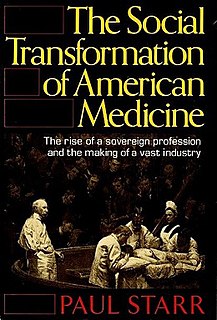 W
WThe Social Transformation of American Medicine is a book written by Paul Starr and published by Basic Books in 1982. It won the 1984 Pulitzer Prize for General Non-Fiction as well as the Bancroft Prize.
 W
WTimely Death: Considering Our Last Rights is a non-fiction book, written by Canadian writer Anne Mullens, first published in May 1996 by Knopf Canada. In the book, the author chronicles medical advances and increased longevity in the context of the right to a dignified death. The book has been called a "well-researched and comprehensive book, written with compassion and clarity." Anne Mullens, covered the Sue Rodriguez story as a journalist for The Vancouver Sun and later for the Toronto Star. This was Mullens's inspiration for writing the book and she said "her attitude towards death changed during the course of writing it".
 W
WWhat's Your Poo Telling You? is a book for adults describing different aspects of human flatulence, defecation, diarrhea, and various feces-related phenomena. The book sold well upon its release and in 2009 the book was reported to have sold over 400,000 copies.
 W
WWith Women: Midwives experiences: from shift work to continuity of care is the fourth book from Australian writer David Vernon.